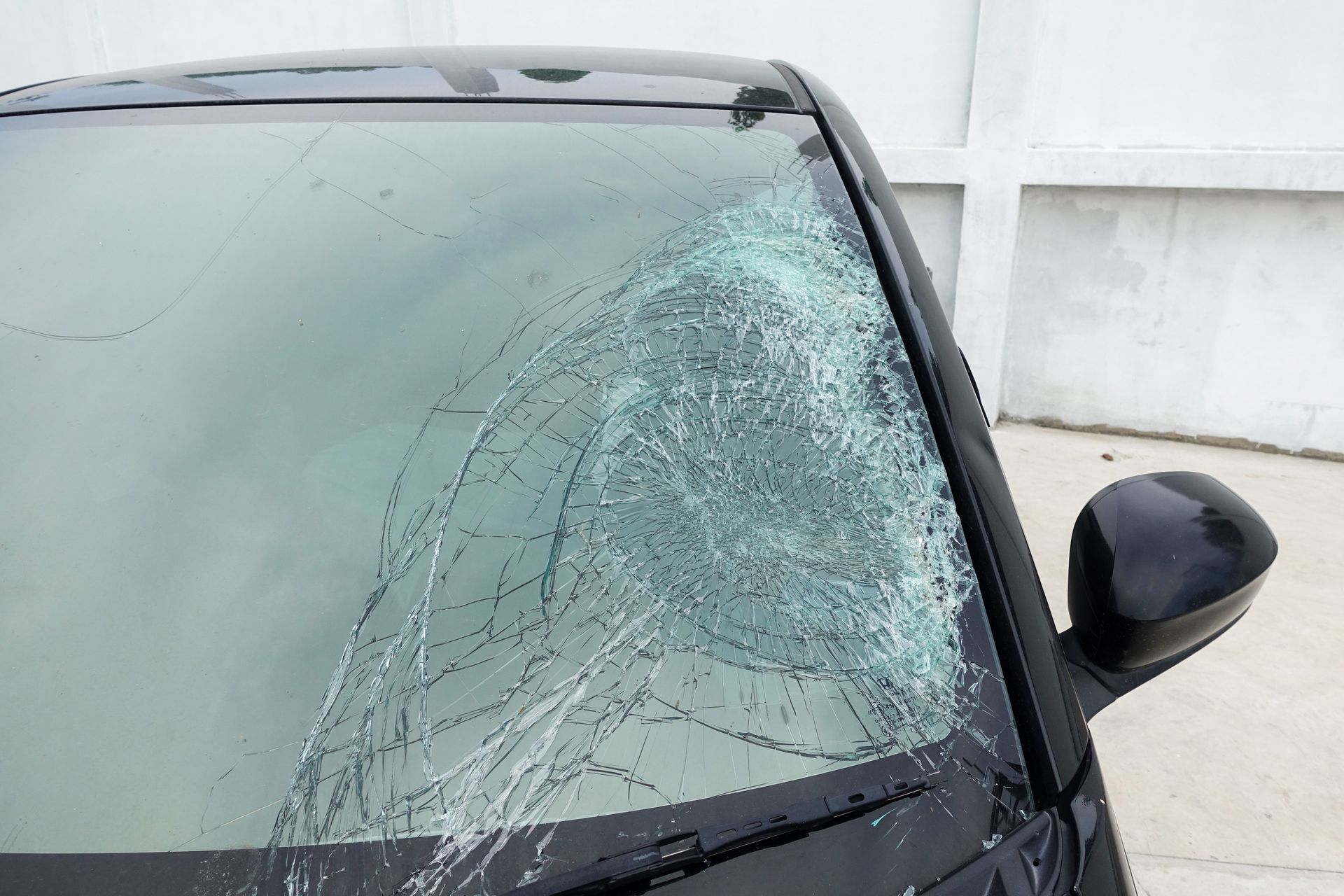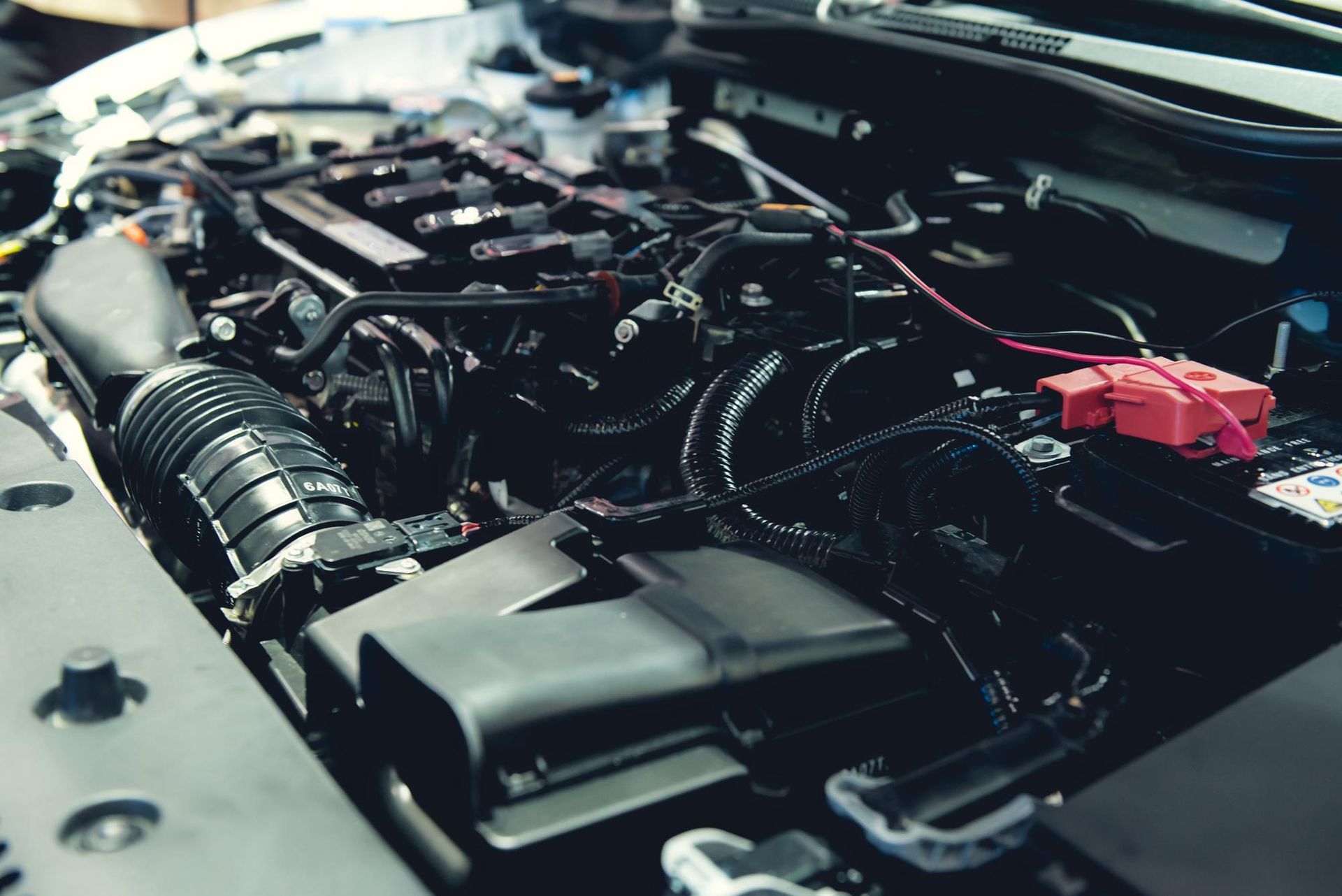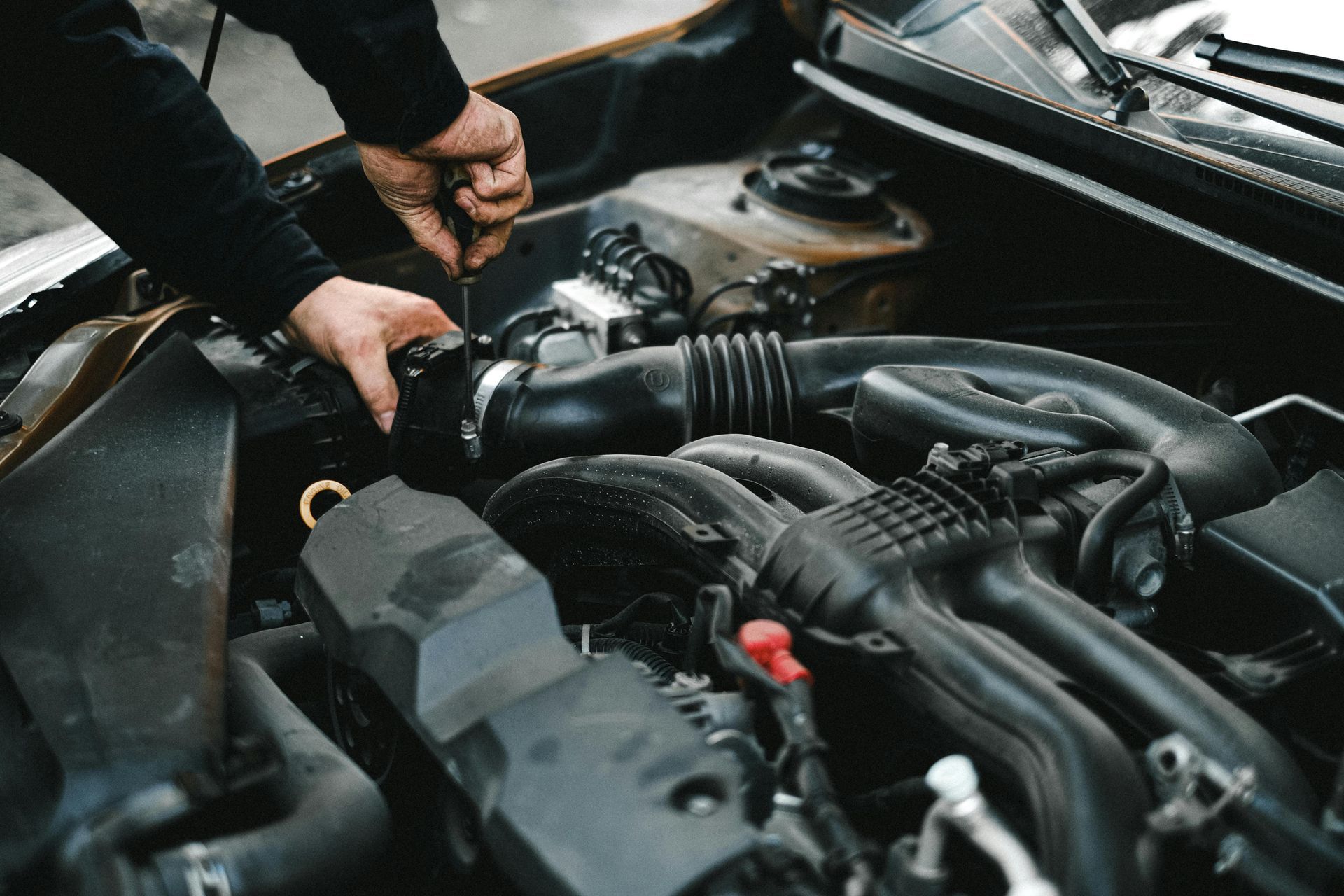DIY Car Care: Simple Tasks You Can Do at Home
Maintaining your car is an essential part of keeping it running smoothly and avoiding expensive repairs down the road. While some repairs are best left to professionals, there are a variety of simple tasks you can handle at home. Not only do these tasks save you time and money, but they also help extend the life of your vehicle. In this blog, we’ll cover five basic DIY car care tasks that anyone can do at home, no matter their level of experience. From changing your own oil to checking tire pressure, these steps will help keep your car in tip-top shape.
1. Changing Your Oil
Changing your oil is one of the most important aspects of routine car maintenance. Regular oil changes help lubricate your engine, ensuring all its moving parts work smoothly and efficiently. Over time, oil breaks down and collects dirt and debris, which can negatively impact your engine’s performance. While it’s generally recommended to change your oil every 3,000 to 5,000 miles, it’s always best to consult your car’s manual for specific guidelines.
What You’ll Need:
- Motor oil (check your vehicle’s manual for the correct type)
- Oil filter
- Funnel
- Wrench
- Oil pan
- Gloves
How to Do It:
- Warm up your car to make the oil more fluid. Turn off the engine and park on a flat surface.
- Locate the oil drain plug under your car and position an oil pan underneath it.
- Remove the plug using a wrench, and let the oil drain into the pan.
- Once the oil is gone, put a new oil filter in its place.
- Reinstall the drain plug, and add new oil through the oil fill cap on top of the engine.
- Check the oil level using the dipstick to ensure it’s filled to the correct level.
Changing your oil yourself can save you money, but if you ever feel uncomfortable with the process, remember Paul's Transmission & Auto Repair is just a phone call away for a quick and easy oil change.
2. Checking and Maintaining Tire Pressure
Proper tire pressure is crucial for fuel efficiency, tire lifespan, and overall vehicle safety. Driving on under-inflated tires can cause uneven wear and tear, while over-inflated tires are more prone to blowouts. Regularly checking your tire pressure is an easy task you can do at home.
What You’ll Need:
- Tire pressure gauge
- Air compressor (or access to one at a gas station)
How to Do It:
- Check the recommended tire pressure listed in your owner’s manual or on a sticker inside the driver’s door frame.
- Unscrew the valve cap on your tire and press the tire pressure gauge onto the valve stem to get a reading.
- If the reading is lower than recommended, use an air compressor to fill the tire to the proper pressure.
- If the reading is higher than recommended, release some air until it reaches the appropriate level.
- Repeat for all four tires and don’t forget to check the spare tire!
Properly inflated tires not only improve fuel efficiency but also ensure a smoother ride. If you notice uneven tire wear or suspect an issue, our team at Paul's Transmission & Auto Repair can help with tire rotations and inspections to keep you safe on the road.
3. Replacing Windshield Wipers
Clear visibility is essential for safe driving, and old or damaged windshield wipers can severely hinder your ability to see during inclement weather. If you notice your wipers are leaving streaks or making strange noises, it’s time to replace them.
What You’ll Need:
- New windshield wiper blades (make sure to buy the correct size for your vehicle)
How to Do It:
- Raise the wiper arms off the windshield.
- Locate the release tab on the old wiper blade and slide it off the wiper arm.
- Slide the new blade onto the arm until it clicks into place.
- Gently place the wiper blade back on the windscreen.
Replacing your windshield wipers is a quick and inexpensive fix that can drastically improve your visibility during rain or snow. For more complicated repairs or issues with your wiper system, Paul's Transmission & Auto Repair is ready to assist.
4. Checking Fluid Levels
Your car relies on a variety of fluids to function properly, including brake fluid, power steering fluid, coolant, and transmission fluid. Checking and maintaining these fluid levels is essential to keeping your car running smoothly.
What You’ll Need:
- Clean rag
- Funnel (for adding fluid if necessary)
How to Do It:
- Locate each fluid reservoir under the hood of your car (your owner’s manual will show where they are).
- Use the dipsticks or visible lines on the reservoirs to check fluid levels.
- If any fluids are low, top them off using the correct type (always check your manual for guidance).
- Wipe any spills immediately, and make sure all caps are securely tightened.
Regular fluid checks can prevent bigger problems down the line, such as engine overheating or brake failure. If you’re unsure about which fluids to use or how to check them, Paul's Transmission & Auto Repair is here to help.
5. Replacing Air Filters
A clean air filter ensures your engine gets the airflow it needs to run efficiently. Replacing your air filter is an easy task that can significantly improve your car’s fuel efficiency and overall performance.
What You’ll Need:
- New air filter (check your owner’s manual for the correct size)
How to Do It:
- Locate the air filter box under the hood (usually near the engine).
- Open the air filter housing by unclipping or unscrewing the lid.
- Remove the used filter and install a new one.
- Close the housing and make sure it’s secure.
Replacing your air filter regularly can help improve gas mileage and extend your engine’s lifespan. If you notice your car is running sluggishly or using more fuel than usual, it might be time for a filter change. Of course, you can always count on Paul's Transmission & Auto Repair for professional maintenance and service.
Contact Paul's Transmission & Auto Repair for Your Car Care Needs in Baker City, OR
At Paul's Transmission & Auto Repair in Baker City, OR, we understand that while DIY car care is great for minor tasks, there are times when professional expertise is needed. From complex transmission repairs to routine maintenance, our full-service auto repair shop is here to assist you with all your vehicle needs. Whether you're experiencing a persistent issue or simply want a thorough inspection, we invite you to contact us at (541) 523-6923 to schedule an appointment. We handle brake repair, engine repair, ignition repair, vehicle inspection, and more.
Let us take care of your vehicle so you can get back on the road with confidence!
FAQs
When should I get an oil change for my car?
It's generally recommended to change your car's oil every 3,000 to 5,000 miles, but this can vary depending on your vehicle. Always refer to your owner's manual for specific guidelines.
What happens if I don’t check my tire pressure regularly?
Driving with improperly inflated tires can lead to uneven tire wear, reduced fuel efficiency, and an increased risk of blowouts. Regularly checking your tire pressure ensures your safety and prolongs the life of your tires.
How can I tell if my car’s fluids are low?
Many cars have visible fluid reservoirs or dipsticks that allow you to easily check the levels of essential fluids like coolant, brake fluid, and power steering fluid. Low fluid levels can result in poor performance and potential damage to your vehicle.v
How often should I replace my windshield wipers?
Windshield wipers usually require replacement every six months to a year, but this can change depending on how often you use them and the weather conditions. If your wipers are leaving streaks or making noise, it's time to replace them.
Is it safe to replace my own air filter?
Yes, replacing your air filter is a simple task that can be done at home. A clean air filter helps your engine run smoothly and reduces fuel consumption.












